Through the Desert: Amazing Animals Surviving in Barren Landscapes
The planet earth has a vast range of geographically difficult regions to survive in, such as the extremely cold mountains and scorching temperatures of the deserts. However, life finds a way. Even in the scorching heat and lack of food and water, many wildlife species have been thriving in the desert regions of the planet.
These barren landscapes cover about one-third of the land surface of the earth, with little precipitation and little vegetation. Regardless of the hard living conditions, many robust animals are living in the desert and have amazing ways of coping with the heat.
You may not have been to the desert, but wildlife photography has brought glimpses into the lives of animals thriving in these arid landscapes. Here are a few brilliant members of Animal Kingdom that inhabit many deserts of Africa, Australia, Central America, and Asia.
Fennec Fox: The fennec fox is a small fox with large ears, native to the Sahara Desert and the Sinai Peninsula. Its unusually big ears help it to adapt to the desert environment.
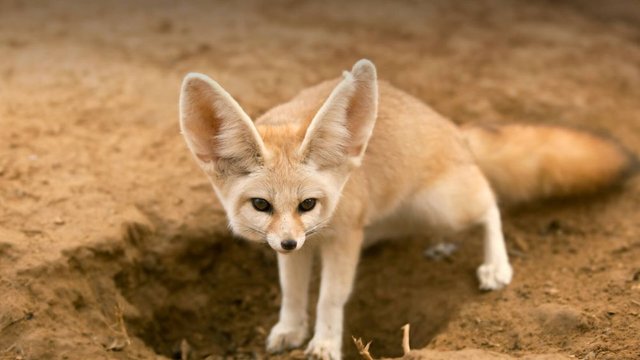 Image: San Diego Zoo
Image: San Diego Zoo
Bactrian Camel: Apart from endless sand dunes, camel is the first thing that pops into mind upon hearing desert. The double-humped Bactrian camel has two humps on its back, making it more equipped to survive in the arid habitat.
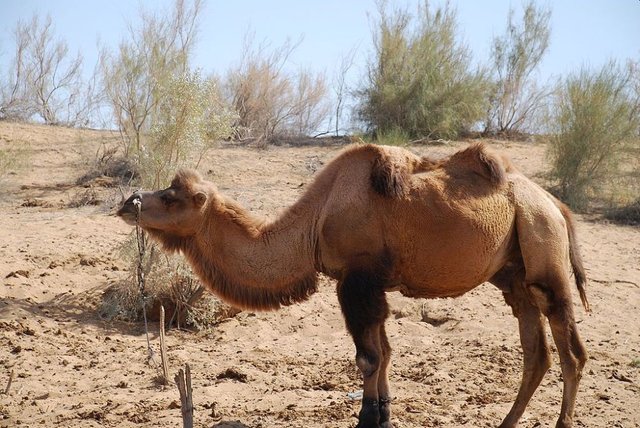 Image: Edmart80/ Wikipedia
Image: Edmart80/ Wikipedia
Mexican Coyote: One of the several coyote subspecies, this smaller, close relative of the wolf is native to the deserts of Mexico (as the name implies), as well as in California, and Arizona, mostly in the Sonoran Desert.
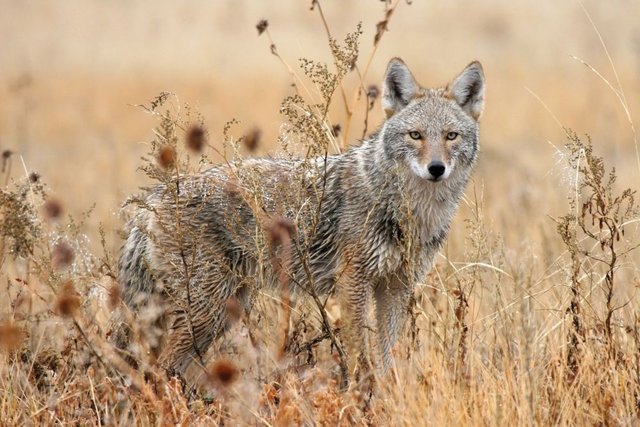 Image: New Mexico Magazine
Image: New Mexico Magazine
Sidewinder Snake: Also known as the horned rattlesnake, the sidewinder is found in the deserts of the southwestern US and northwestern Mexico. Their distinct moving technique helps them in moving swiftly on the loose and shifting sand of the desert.
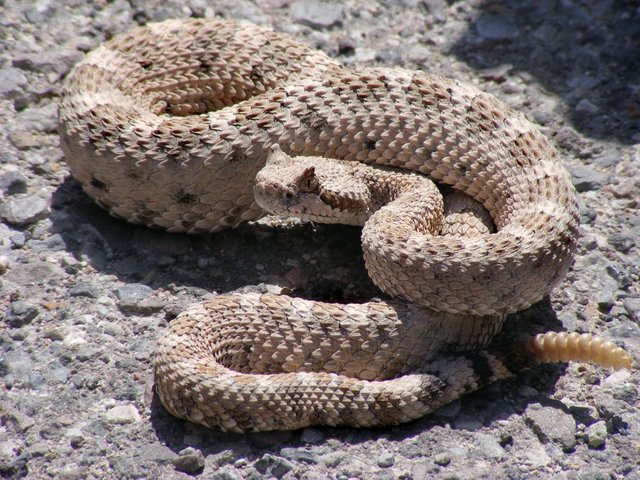 Image: Victorrocha/ Wikipedia
Image: Victorrocha/ Wikipedia
Thorny Devil Lizard: Endemic to Australia, the thorny devil lizard is brilliant at camouflaging in the shades of desert browns and tans. These reptiles are covered completely with mostly uncalcified conical spines.
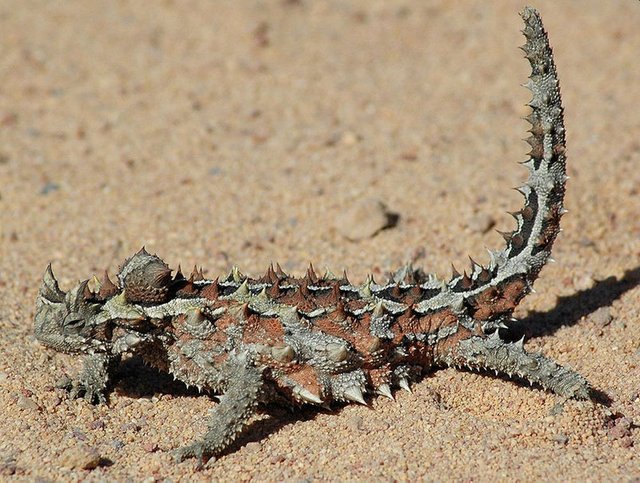 Image: KeresH/Wikipedia
Image: KeresH/Wikipedia
Chuckwalla: Common chuckwallas are large lizards, found in arid regions of the southwestern United States and northern Mexico.
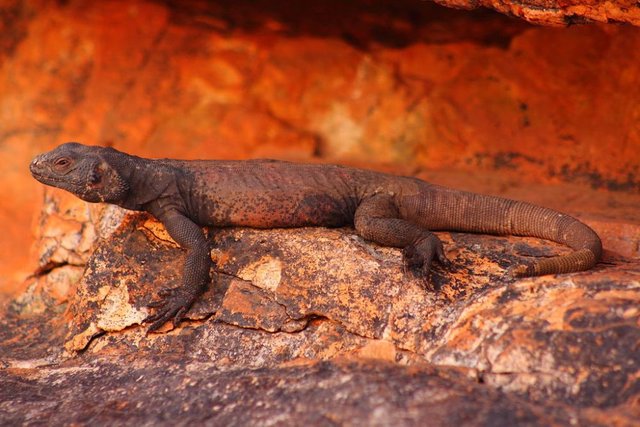 Image: Michael Dodge/Wikipedia
Image: Michael Dodge/Wikipedia
Dorcas Gazelle: This threatened species mostly inhabits the Sahara Desert and some parts of North Africa. They are adapted to live in dry regions such as sand dune fields and semi-deserts. One of the smallest gazelle species, Dorcas gazelles are threatened by poaching and illegal trade.
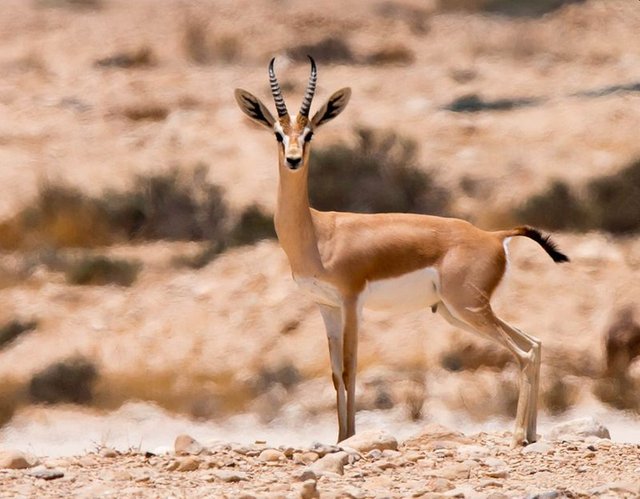 Image: MinoZig/ Wikipedia
Image: MinoZig/ Wikipedia
Meerkats: Found in the semi-desert regions in southeastern Botswana, western and southern Namibia, northern and western South Africa, meerkats have the ability to thermoregulate which helps them to survive in harsh and dry habitats.
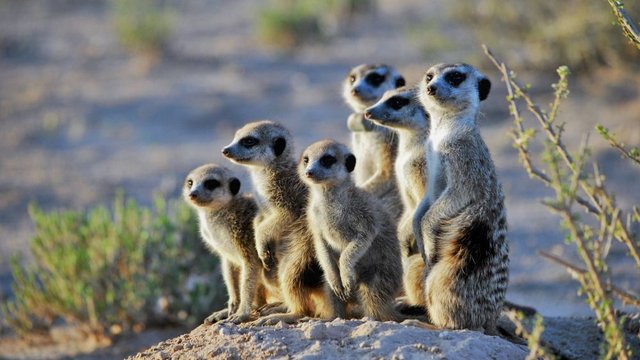 Image: Expert Africa
Image: Expert Africa
Gila Monster Lizard: One of the only two venomous lizard species, the Gila Monster spends most of its life living underground. It is native to the southwestern US and the northwestern Mexico state of Sonora.
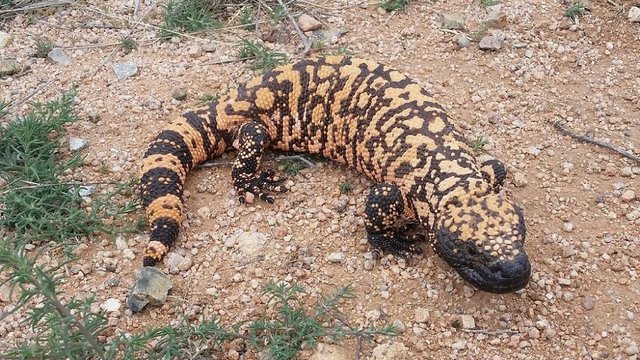 Image: Josh Olander
Image: Josh Olander
Saharan Cheetah: Native to the Sahara and the Sahel, the Saharan Cheetah is listed as ‘Critically Endangered’ on the IUCN Red List. According to a 2008 estimate, the population had declined to 250 mature individuals.
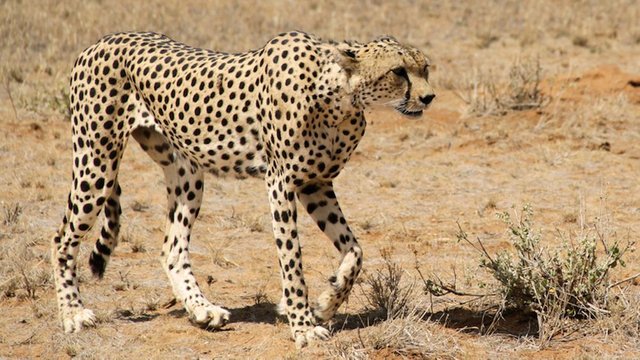 Image: 17QQ
Image: 17QQ
Addax Antelope: The addax is an antelope native to the Sahara Desert. It is classified as a critically endangered species of antelope in the IUCN Red List.
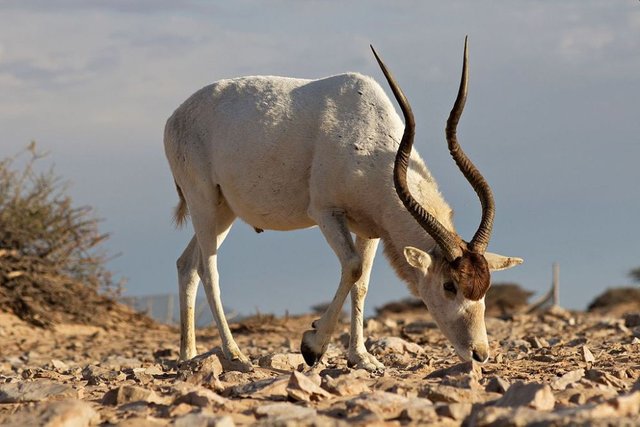 Image: Haytem93/Wikipedia
Image: Haytem93/Wikipedia
Desert Crocodile: Not to be confused with Nile Crocodile, West African crocodile or Desert crocodile are smaller and inhabit much of West and Central Africa, ranging east to South Sudan and Uganda, and south to the Democratic Republic of the Congo.
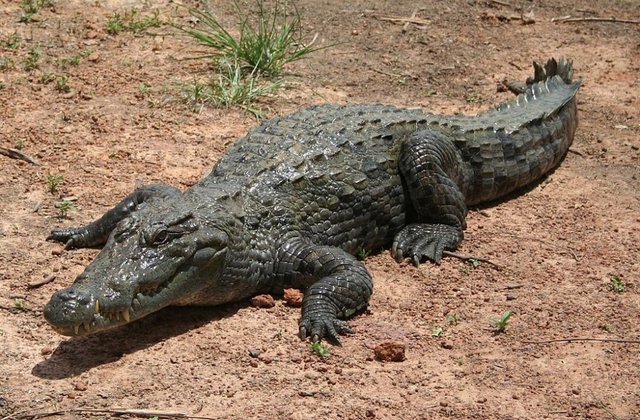 Image: Marco Schmidt
Image: Marco Schmidt
Costa’s Hummingbird: This little bird species is one of the desert-dwelling animals. It inhabits the desert scrub in the Sonoran and Mojave Deserts, and chaparral and sage scrub areas in coastal California.
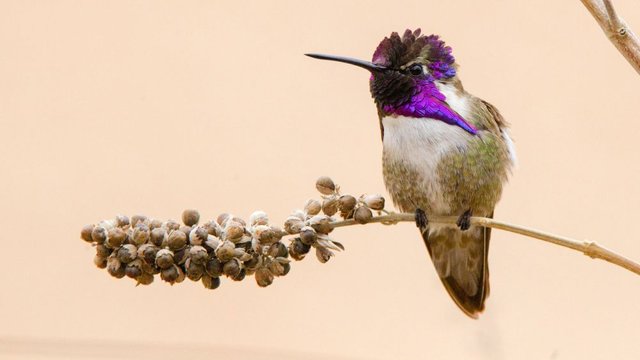 Image: Belen Schneider/Audubon Photography Awards
Image: Belen Schneider/Audubon Photography Awards
Sinai Agama: The Sinai Agama is an agamid lizard found in arid parts of northeastern Africa and parts of the Middle East. They are active during the daytime and feed on insects and other arthropods and plants. During the breeding season, males become a striking blue color to attract females.
 Image: Ester Inbar
Image: Ester Inbar
Desert Hedgehog: The desert hedgehog is one of the smallest of hedgehogs. It is found in the Middle East and the neighboring arid region of Africa.
 Image: Max Korostischeveski / Wikimedia Commons
Image: Max Korostischeveski / Wikimedia Commons
Sonoran Pronghorn: An endangered subspecies of pronghorn, the Sonoran pronghorn is endemic to the Sonoran Desert. Around 200 individuals are currently estimated to exist in the US, while the number is estimated to b even lower in Mexico.
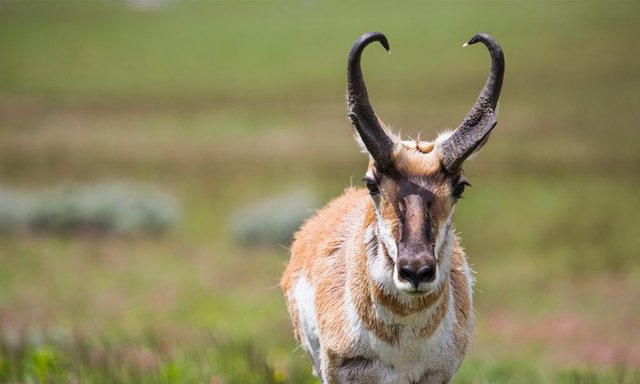 Image: Defenders of Wildlife
Image: Defenders of Wildlife
Sand Cat: A small wild cat species that inhabits the sandy and stony deserts of North Africa and Southwest and Central Asia. The long hair covering the soles of its feet insulates its footpads against the extreme temperatures in deserts.
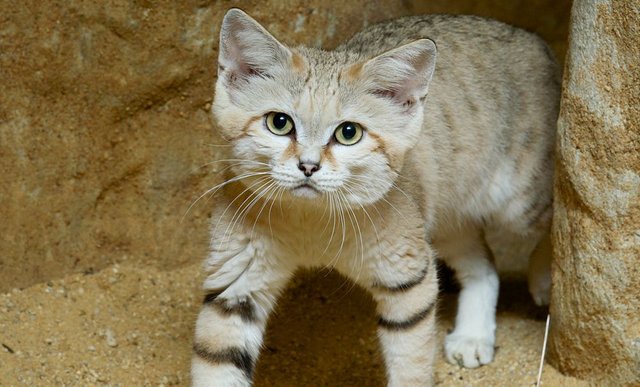 Image: Smithsonian’s National Zoo
Image: Smithsonian’s National Zoo
Arabian Oryx: One of the desert animals, Arabian Oryx is a medium-sized antelope, who is native to desert and steppe areas of the Arabian Peninsula. It went extinct in the wild in the early 1970s but was saved in the zoos, hence saving the species from extinction.
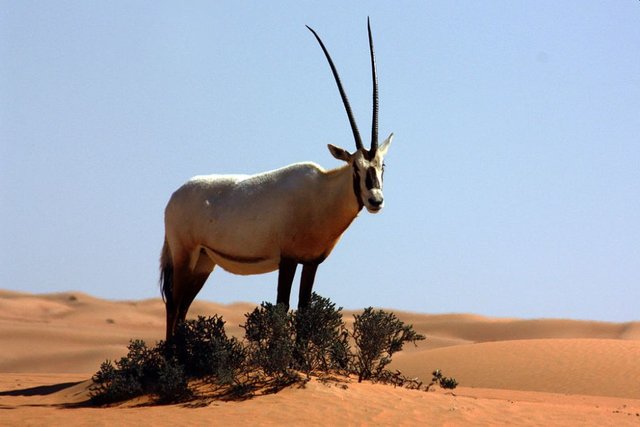 Image: Charles J. Sharp
Image: Charles J. Sharp